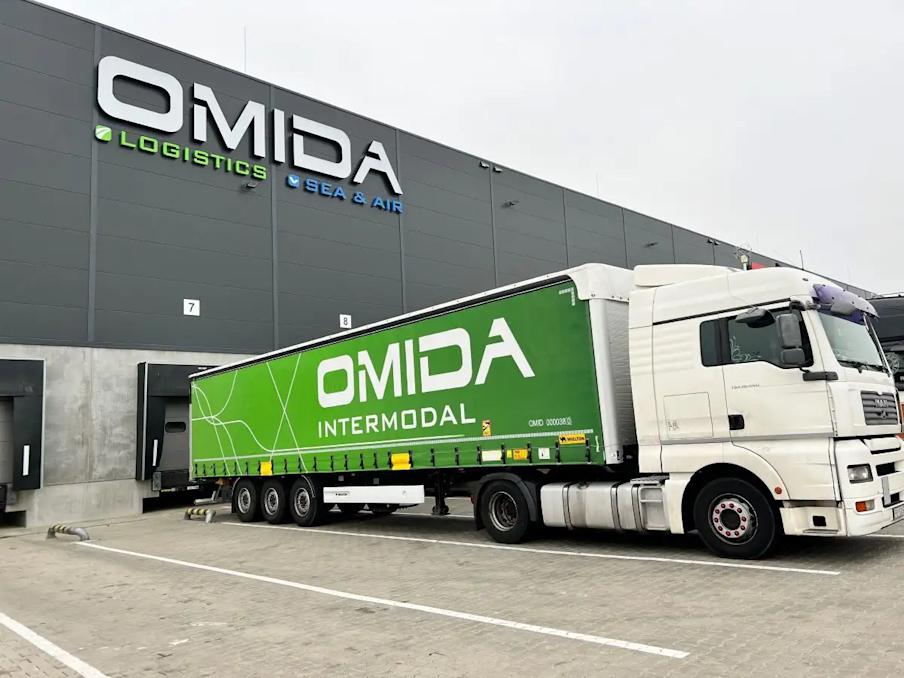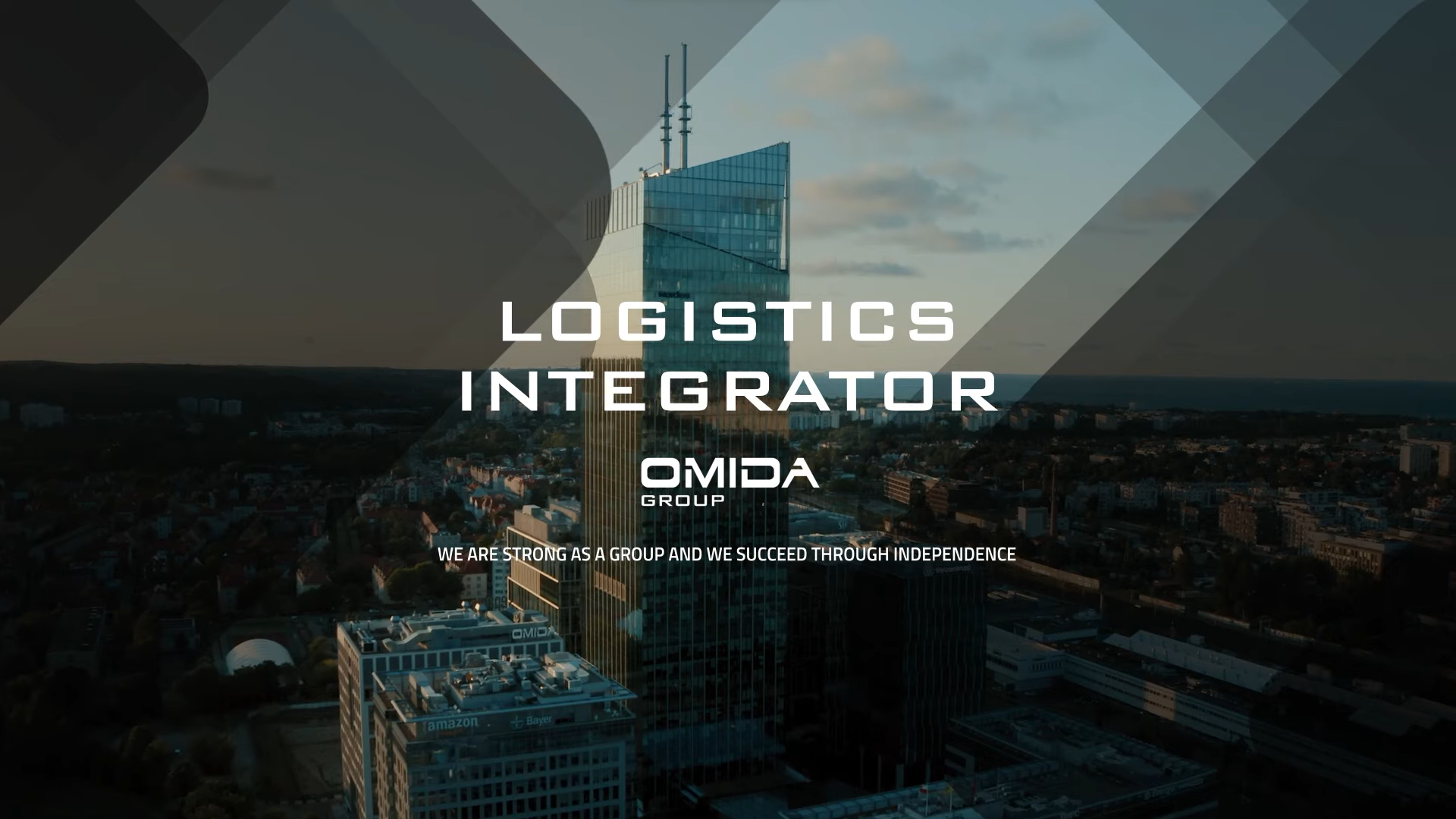Can you detail all the processes that take place in your online store from the moment a product is sold? If you can, make a note of them as part of your analysis, and then see if there is a full overlap with what we offer in our warehouse. At the very beginning, let's consider what the warehousing process is.
Warehousing - what is the process?
The first step in introducing yourself to warehousing processes, is to understand what exactly warehousing of goods is. We can define it as the process or set of activities involved in managing goods from their receipt until they are ready for further transport. As part of this process, the focus should be on storing goods safely according to specific guidelines and ensuring the smooth flow of goods within the warehouse, using tools such as a WMS.
To specify in more detail the main objectives of the warehousing process, we can list the following tasks:
Storage of cargo, taking into account the rotation of goods: Warehousing is the proper storage of goods, taking care of the regular rotation of inventory to avoid overdue products.
Picking orders for onward transport: One of the main purposes of warehousing is to prepare goods for shipment by collecting and picking customer orders.
Reducing freight costs: Efficient warehousing can help minimize transport costs by optimizing the distribution and preparation of goods for transport.
Supporting production processes: Warehousing can affect the smoothness of production processes by ensuring a continuous supply of raw materials and supplies.
Controlling demand and supply: Warehousing can control the amount of goods available in the warehouse, which is important to meet changing demand and supply in the market.
To ensure a smooth flow of goods in the warehouse, it is important to follow several key principles of proper warehousing. With the proper fluctuation of goods, intermodal transport, for example, or more traditional road transport can be organized in an efficient manner.
What is an e-commerce-specific warehouse?
Warehouses tailored to support e-commerce differ significantly from traditional warehouses. They have an extensive range of additional services that increase the value of the product in the eyes of the end customer.
An e-commerce warehouse is a fundamental part of entering the e-commerce market. It focuses on warehouse organization, inventory management, delivery planning and order preparation, which has a huge impact on customer service efficiency and sales growth. Devoting attention to the subject of warehousing and its optimization is crucial.
Effective management of this type of warehouse helps entrepreneurs, as more and more professional transport companies handle storage, order picking and shipping, which allows for faster order processing and reduction of errors. Distribution warehouses for e-commerce can also save money, as the cost of services is often lower than maintaining an in-house warehouse. Dedicated warehouses for e-commerce are becoming a key element in the e-commerce supply chain.
What logistics processes occur in a warehouse?
There are seven main logistics processes in E-commerce warehouses: receiving, storage, picking, packing, shipping and returns and complaints.
Receiving is a very complex process, known from contract logistics, among others. The person in charge of the receiving process receives, counts and checks the goods against the order and verifies their condition. He divides bulk packages into individual products, applies labels and recovers incomplete products as he searches for them and separates them from full-quality, undamaged goods. The warehouseman carries out sorting by type and kind of products and adjusts the appropriate storage zones for goods of different sizes and purposes.
The warehousing process is the next step after goods are received into the warehouse. The use of different techniques, methods and storage zones depends on the variety of assortment gathered during the reception. The racks and shelves themselves should be selected in terms of height, width and load capacity. The rules for storing and putting away each types of goods in a predetermined place should be placed in the WMS.
Picking is characterized by collecting goods located in different places in the warehouse and placing them on a specially prepared place for this purpose. In order to properly manage this process, the person in charge of picking should: update the system to know about possible shortages and damage to goods, apply picking of multiple orders, separate picking of one item from picking of multiple orders and sorting of multiple orders, defer to packing.
The packing process involves delivering goods to recipients, attaching invoices and receipts. The person in charge of the packing process begins by dividing the order into parcels based on information generated by the WMS, which simultaneously determines the type of packaging, calculates the expected weight of the parcel and indicates to the warehouseman the products that should be in it. The WMS prevents possible errors in matching the packaging to the weight of the product. In addition, an additional task for the packer is to place an invoice or receipt inside the package and apply a universal shipping label applied manually, or automatically. Additional services such as inserts, freebies, certificates and others chosen by the brand are very frequently added at this stage.
The shipping process takes place when the warehouseman has already collected all the products needed to complete the order and packed them into one package, which he has first properly labeled. He then hands it over to the courier or other party responsible for delivering the package to the customer. Returns of goods are available to any customer who reports a damage or notices a defect. In the case of such a return, the online store's actions are based on the logistics involved in quickly accepting the returned goods, returning the money to the customer, properly labeling the damaged goods and returning them to the market as soon as possible.
A complaint involves directly informing the online store of the fact that the customer, at his request, is returning the goods to the seller or contractor of the service in question. The online store in such a case can offer, first of all, to replace the goods with the correct one, to repair the goods if they were damaged on the way to the customer, as well as a full refund - in case the damaged goods cannot be repaired or replaced with new ones.
Advantages of using an e-commerce warehouse
We have prepared a special set of services dedicated to online stores. With this set, we will provide you with comprehensive support at every stage of interaction with customers - from the sales process to delivery and after-sales service. As part of our offer, we offer:
1. Order Verification: We provide order checking to ensure that orders are complete and in accordance with customer expectations.
2. Warehousing: Our company offers warehousing services so you can take advantage of our storage space, saving you the cost of maintaining your own warehouse.
3. Professional Packing: We take care of the professional and safe packing of your products, ensuring that they reach customers in perfect condition.
4. Shipping at Optimized Costs: With our logistics solutions, we can deliver orders to customers with minimal shipping costs.
5. Dropshipping: We offer dropshipping services, which means we can deliver products directly to customers, eliminating the need to hold inventory.
6. Professional After-Sales Service: Our team provides professional customer service after purchase to help resolve any problems or questions. Returns Service: We handle returns when necessary, providing efficient and customer-friendly solutions. Reporting and
7. Predictive Development: We provide reports and analysis to help you track sales performance and plan business development.
Our services are tailored to the needs of online stores, allowing you to focus on growing your business while we take care of the rest.
Get to know Omida VLS' e-commerce warehouse!
We hope that in this post we have provided you with some useful information about the processes taking place in e-commerce warehouses. We are curious if the content of this post has completely covered your knowledge, and if not - we hope we have satisfied your hunger for acquiring new information about E-commerce warehouse functionality. Learn more on our Omida Ecommerce website!



